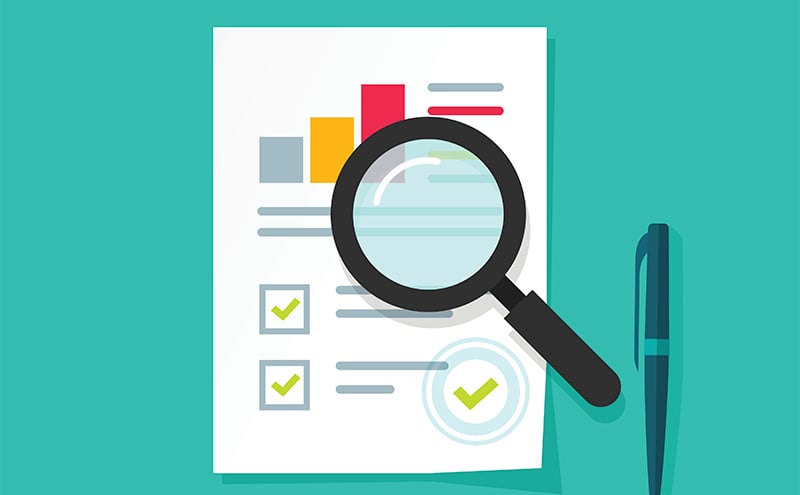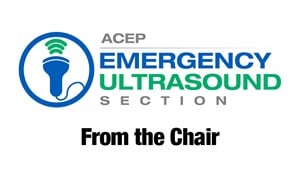
Ultrasound Research Part Two: Study Development
Frances Russell, MD, Associate Professor, Ultrasound Research Director, Department of Emergency Medicine, Indiana University
Joe Pare, MD, Assistant Professor of EM, Director of Ultrasound Research, Warren Alpert Medical School of Brown University
In the last newsletter, we talked about finding a niche and mentor. Now, we will get into some of the details about developing your study and helpful hints for accomplishing this.
Study Development
Importantly, you will want to develop your research question. What are you going to study? Who are you going to study it in? For diagnostic studies, what will be your criterion standard? Using the FINER criteria, which stands for Feasible, Interesting, Novel, Ethical and Relevant, can help guide you to a project that will be successful. Filling out a study development worksheet can help you think about the details of the study from design, population, enrollment, follow up to sample size calculations. Another resource includes the clinical research toolbox hosted by the NIH, which has example templates for study protocols and sample case report forms.
Before you get too far into your study question and development, reach out to your mentor to refine your study idea, and ensure that your project is something that is most importantly novel and feasible.
Be sure to contact your friendly librarian to help you set up PubMed alerts to get the most up-to-date published literature on your topic of interest. For example, you can automatically have PubMed email you a list of studies by topic or author that are new each week. Staying up to date with the literature not only helps you to know what has been studied but also assessing limitations of prior studies can help you plan your study to address some of these prior limitations.
Another important person to meet with as you develop your study is a statistician. They can help you with sample size calculation and setting up your data collection instrument. This will make life easier on the backend when you come to data cleaning and data analysis. It is useful to have a basic level of statistical knowledge. Vassarstats.com is a helpful resource for performing less complicated statistical analyses. It is important to start out properly, including meeting with the statistician, because often you can’t go back and correct mistakes in the research methodology.
Types of Studies
Depending on study design, this will inform how data is collected and analyzed. Balancing your ideal study with what is feasible is imperative. For example, a randomized control trial may be the ideal study, but a before and after study may be used to assess an intervention. Whatever study design you chose, be sure to follow the published guidelines for reporting. Annals of Emergency Medicine provides a nice overview with links to checklists and references.
IRB
After developing your study, finding the right design and putting pen to paper by filling out your study development worksheet is key. Next steps involve submitting for institutional review board approval. It really helps to have a contact in the research compliance office to run your protocol by to determine the level of review required. These levels entail exempt, expedited, and full board review. Exempt studies will commonly be educational, retrospective, and quality assurance studies. Expedited studies should be of minimal risk and those that do not qualify as exempt. Studies requiring full board review typically involve more than minimal risk, or high-risk populations. Selecting the correct level of review will save you time and a potential headache down the road. However, your board may make this determination for you. It is the role of the IRB to protect research subjects. They are not there to obstruct your research, and they can be a helpful resource to complete required IRB reviews.
Data Collection Instruments
Having a standardized data collection form will ensure that the same information is collected on every patient. REDCap is a commonly used, secure data collection instrument that can be customized. You can import data, send surveys to participants, as well as export data into commonly used statistical analysis programs.
Qualtrics is an online platform that is used to gather survey data. These are just a few examples of commonly used data collection instruments. There are many other instruments available, and it is up to you to decide what fits your research needs and what you are comfortable with using.



